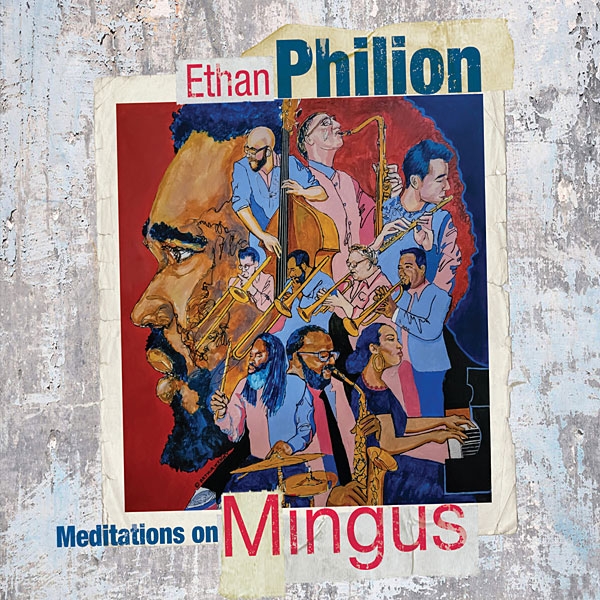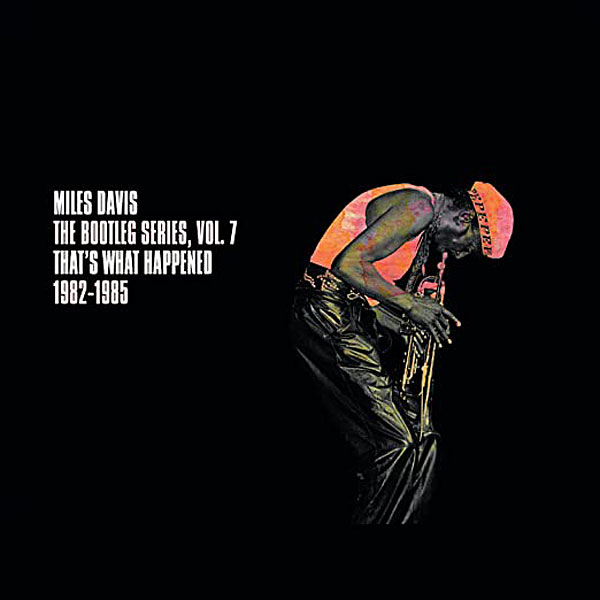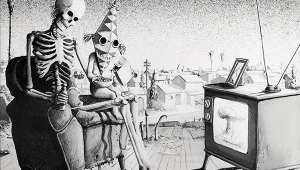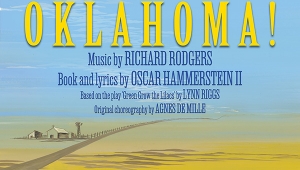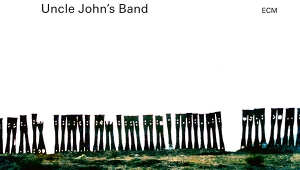| Columns Retired Columns & Blogs |
I wanted to like this - the concept is great and Mingus is my all-time favourite jazz figure - but ultimately I think it just sounds too... polite? It could partly be to do with the squeaky clean recording, but I think there's also a weird restraint to a lot of the playing. To my ear, it doesn't have even a smidgen of the sheer gravitas of actual Mingus recordings from way back when.
7/10 for effort, though!
